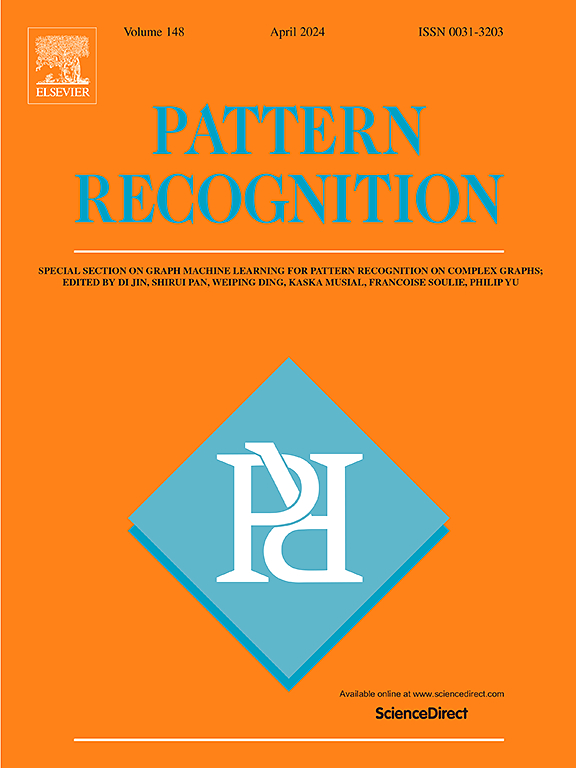Self-supervised multimodal change detection based on difference contrast learning for remote sensing imagery
IF 7.5
1区 计算机科学
Q1 COMPUTER SCIENCE, ARTIFICIAL INTELLIGENCE
引用次数: 0
Abstract
Most existing change detection (CD) methods target homogeneous images. However, in real-world scenarios like disaster management, where CD is urgent and pre-changed and post-changed images are typical of different modalities, significant challenges arise for multimodal change detection (MCD). One challenge is that bi-temporal image pairs, sourced from distinct sensors, may cause an image domain gap. Another issue surfaces when multimodal bi-temporal image pairs require collaborative input from domain experts who are specialised among different image fields for pixel-level annotation, resulting in scarce annotated samples. To address these challenges, this paper proposes a novel self-supervised difference contrast learning framework (Self-DCF). This framework facilitates networks training without labelled samples by automatically exploiting the feature information inherent in bi-temporal imagery to supervise each other mutually. Additionally, a Unified Mapping Unit reduces the domain gap between different modal images. The efficiency and robustness of Self-DCF are validated on five popular datasets, outperforming state-of-the-art algorithms.
基于遥感图像差异对比学习的自监督多模态变化检测
现有的变化检测(CD)方法大多针对同质图像。然而,在灾害管理等现实世界场景中,变化检测十分紧迫,而变化前和变化后的图像又是典型的不同模态图像,这就给多模态变化检测(MCD)带来了巨大挑战。挑战之一是来自不同传感器的双时态图像对可能会造成图像域差距。另一个问题是,当多模态双时相图像对需要不同图像领域的专业领域专家共同输入像素级注释时,就会出现注释样本不足的问题。为了应对这些挑战,本文提出了一种新颖的自监督差异对比度学习框架(Self-DCF)。该框架通过自动利用双时相图像中固有的特征信息来相互监督,从而在没有标记样本的情况下促进网络训练。此外,统一映射单元缩小了不同模态图像之间的域差距。Self-DCF 的效率和鲁棒性在五个流行的数据集上得到了验证,表现优于最先进的算法。
本文章由计算机程序翻译,如有差异,请以英文原文为准。
求助全文
约1分钟内获得全文
求助全文
来源期刊

Pattern Recognition
工程技术-工程:电子与电气
CiteScore
14.40
自引率
16.20%
发文量
683
审稿时长
5.6 months
期刊介绍:
The field of Pattern Recognition is both mature and rapidly evolving, playing a crucial role in various related fields such as computer vision, image processing, text analysis, and neural networks. It closely intersects with machine learning and is being applied in emerging areas like biometrics, bioinformatics, multimedia data analysis, and data science. The journal Pattern Recognition, established half a century ago during the early days of computer science, has since grown significantly in scope and influence.
 求助内容:
求助内容: 应助结果提醒方式:
应助结果提醒方式:


